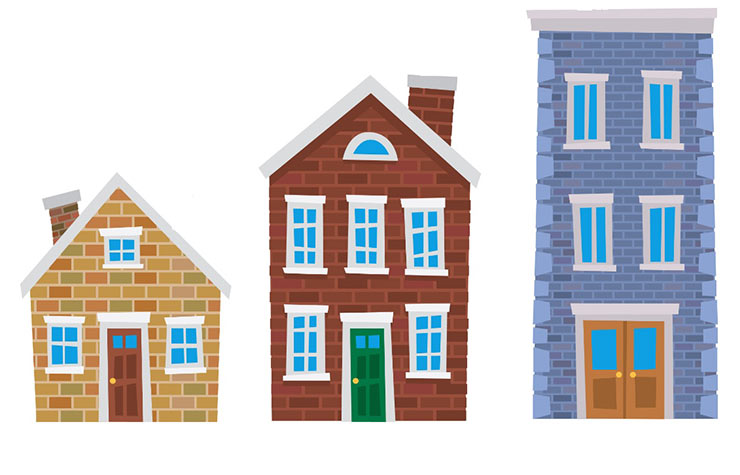
Home and community preferences of the 45+ population 2014
- Select a language for the TTS:
- UK English Female
- UK English Male
- US English Female
- US English Male
- Australian Female
- Australian Male
- Language selected: (auto detect) - EN
Play all audios:

The AARP Home and Community Preferences of the 45+ Population survey was conducted as part of AARP's commitment to provide current information about what mid-life and older adults think
about continuing to live in their homes and communities. Getty Images The survey, which was fielded in 2014, updates and expands upon the AARP Home and Community Preferences of the 45+
Population (2010), which also showed that the vast majority of adults ages 45 and older want to "age in place" rather than relocate to a different home or community A full 78
percent of the respondents stated that they "strongly" agree with the statement: "What I’d really like to do is stay in my current residence as long as possible."
Additional issues addressed by the survey include questions about community preferences, home features (such as bathrooms and sidewalks), the reasons why people don't want to move from
their current home and the willingness of those surveyed to share their home with another person under a variety of conditions. Research feedback was analyzed comparing responses by age,
gender, household income and regional location. KEY FINDINGS * Eight in 10 (80 percent) respondents "strongly or somewhat agree" with the statement "What I’d really like to do
is remain in my local community for as long as possible." * Eight in 10 (80 percent) also reported that their current home has a full bath on the main level and three-quarters (76
percent) report having a bedroom, or a room that could be used as one, on the main level. * Less than half of those surveyed reported having other home features we asked about, such as a
half bath on the main level (47 percent), an entrance without steps (39 percent), doorways that are wider than the standard (35 percent) and lever-style door handles (32 percent). * When
asked to select the statement that most closely reflects their opinion, roughly two-thirds (69 percent) of respondents agreed with the sentence: "I want to stay in my home because I
like what my community has to offer me." * In contrast, more than one-quarter (27 percent) agreed with the alternative statement, "I want to stay in my home because I cannot afford
to move." * When asked about 10 different community characteristics and the level of importance they have for them, roughly seven in 10 respondents said "being near
family/friends" (71 percent) or "being near where you want to go” (69 percent) is "extremely or very important." * Approximately half of those surveyed noted that
"being near church or a social organization" (53 percent), "living with all ages" (51 percent) and "being near good schools" (51 percent) is "extremely or
very important." * Roughly four in 10 said "being near work" (43 percent) and having "housing for different income levels" (38 percent) are "extremely or very
important." Approximately one-third said "being near transit" (33 percent) or "being near a park" (31 percent) is "extremely or very important." * One
option to continue living at home and maintaining financial security is to share one's home with another person. While the majority (57 percent) of people age 45+ say that they would
_not _consider sharing their home with another person as they grow older, almost four in 10 (38 percent) say they would. * However, the idea of taking in a roommate specifically because
extra income was needed was strongly rejected by seven out of 10 respondents (71 percent). When the proposed need was for help with "everyday activities such as transportation" or
with "household chores," the majority (55 percent) still responded no. According to the 2014 survey, there is an overwhelming desire among people ages 45 and older to
independently remain in their current home and community as they age. HOW TO USE City planners and government leaders can utilize this data to plan and drive community hubs (both commercial
infrastructure and housing needs) in a manner consistent with the desires and expectations of the aging population. _This telephone survey of 1,014 adults ages 45 and older was conducted for
AARP by SSRS from August 20-31, 2014. For more information about this research, please contact Cheryl L. Lampkin, Ph.D. at [email protected]._
